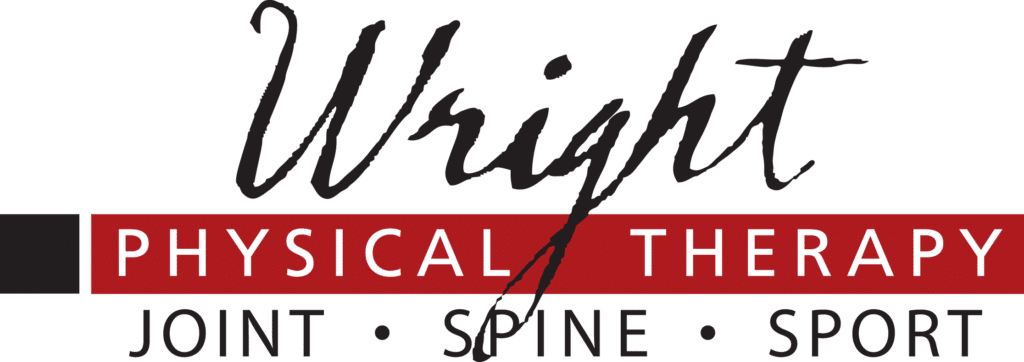SHOULDER TROM – Not a futuristic prosthetic, but a rehab acronym that represents“TOTAL RANGE OF MOTION”
It has long been thought in the medical community that a shoulder internal rotation ROM deficit can lead to injury or is an impairment related to an existing injury. Though this may be true, a broader perspective is required to definitively come to that conclusion. In the past decade, research has gained insight that not only is Glenohumeral Internal Rotation Deficit (GIRD) not necessarily negative, but in some circumstances GIRD is actually beneficial. One compelling example of this is discovered in the overhead athlete (I.E. baseball pitcher or volleyball player). The shoulder (specifically the glenohumeral joint) experiences some of the highest joint velocities during overhead throwing. The shoulder complex adapts to accommodate these forces. Most often this adaptation involves losing some internal rotation ROM in the throwing shoulder while simultaneously gaining external rotation ROM in that same shoulder. This has interesting and crucial implications.
A more advanced assessment of the shoulder should determine the shoulder’s total shoulder range of motion (TROM). This is done by calculating shoulder internal and external rotation ROM sums. TROM should not exceed 186° for either shoulder and should be within 5° total degrees of motion of the non-throwing shoulder. If it does exceed the total range of motion, it should be corrected through therapeutic stabilization or surgical means.When comparing shoulder movement it is important to measure the TROM as well as compare the differences between internal rotation and external rotation. The internal rotation deficit compared to the external rotation deficit should not be greater than 1. In other words, you should not lose more internal rotation in the shoulder than you gain in external motion in that same shoulder. An individual that increases shoulder internal rotation to equal that of the non-throwing shoulder without losing requisite external rotation is 2.3 times more likely to experience a shoulder injury.
Injured and high-risk individuals often need their shoulders to be stretched in order remodel collagen, to return to optimal range of motion and restore functional levels. One vital treatment that should be used to remodel collagen and restore the appropriate ROM is a total end-range time (TERT) stretch. A TERT should ideally be applied 3 times daily for 20 minutes combined with an ice or heat modality. TERT stretch treatments are applied by using a low load stretch for a relatively long duration of time. After performing a TERT stretch treatment, active therapeutic exercises should be performed within the new-gained ROM to regain neuromuscular control of that motion.
The shoulder complex needs to be assessed as a whole. Using TROM to fully evaluate a shoulder will allow clinicians a stronger paradigm to treat the shoulder with more optimal outcomes. Wright Physical Therapy studies and implements this evidence-based treatment. Please contact us with questions at 208-736-2574.
Reference: Glenohumeral Motion Deficits: Friend or Foe by Manske R, Wilk KE, Davies, G, Ellenbecker T, and Reinold M in The International Journal of Sports Physical Therapy, Oct 2013

